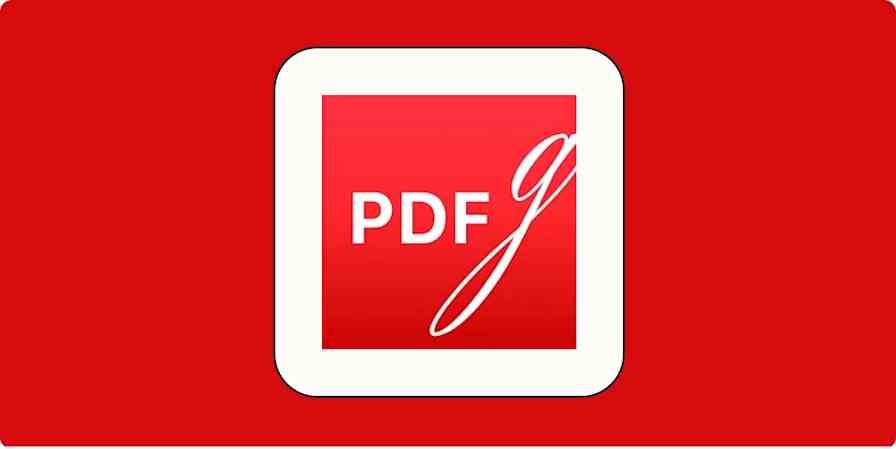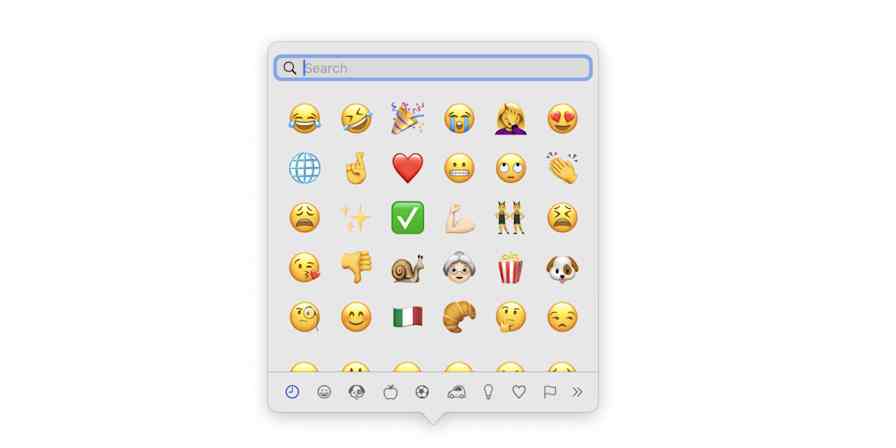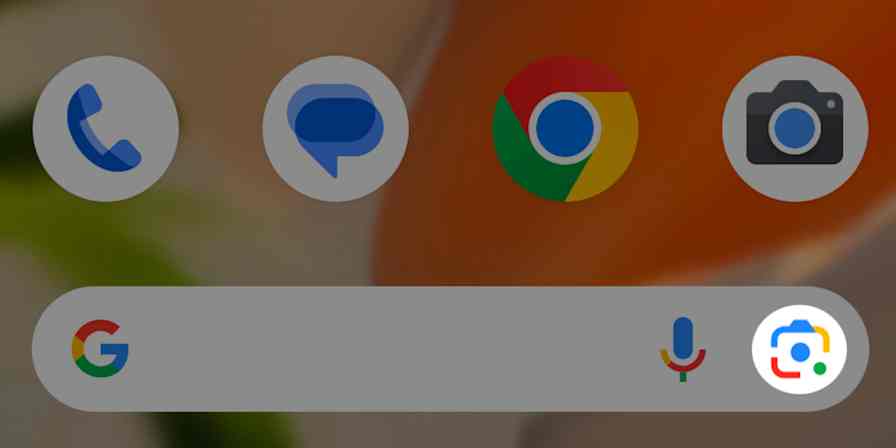I really love working efficiently. Mostly because working efficiently means spending less time working. And as a technical writer turned marketing wordsmith, my tip for working more efficiently is pretty simple: read the guides of the products you use the most. Yes, they're dry. No, the hours are not billable. But it will only take, at most, half a day, and trust me, it's worth it.
Guides come in all shapes, sizes, and recycling bins. If yours falls into the last category, remember that you can find most user guides as PDFs online. And web apps also have user guides: the help center. I unapologetically advocate for reading all the help docs for the apps you use.
But I don't need a guide!
"Ludicrous! Guides are for people who can't figure things out on their own!" Yes, but not only. As a purely hypothetical experiment, imagine for a second that you've been using the same setting—standard wash—since you bought your washing machine (possibly varying the temperature between hot and cold). That's not because you can't figure things out but because humans are creatures of habit, and we like to do what we know works.
But by investing a little time into getting to know our products thoroughly, we can find more than just what works; we can find what works best, or fastest, or whatever superlative you're seeking. Your washing machine might be capable of heroic things, like doing its part to save the planet with energy-efficient loads. But you won't know unless you read the guide.
Learning to fish
When we were younger, we were forced to learn how to do things completely and self-sufficiently. And I, for one, did not care for it. From learning to tie my shoes to memorizing the multiplication table, I was convinced that having mom do it for me was fine. All the adults in my life, however, seemed to be in cahoots and I was forced to learn things for myself.
Of course, in retrospect I'm thankful for having been pushed because that type of learning is the difference between being given a fish and learning how to fish. And while logically, I do know that I should be doing more of this, no one is policing me now. To make matters worse, I have the collective knowledge of the world at my googling fingertips, which means I can reference it at any time.
And that's precisely what I do. Just like asking my mom to tie my shoes for the nth time when I was a kid, I now run to Google and type for the nth time, "LinkedIn privacy setting profile views." The benefits of learning to use our technology properly are the same as tying my shoes by myself: time saved and a foundation upon which to build the next piece of knowledge.

You're the boss
If you think you're already using your technology properly, I'd like to point out what I consider to be a digital native blindspot. Because we've grown alongside technology, from the Nokia brick to the iPhone 11 (or is it 12 now, honestly I can't keep up), we think we understand technology right off the bat. We rip open our latest toy and start playing without even reading the safety guidelines, much less the guide.
But products and tools these days are complex. As I'm sure you're aware, you can do a lot more with them than play Snake. And sometimes it helps to be humble. My mom, for example, assumes she isn't using her gadgets to their full potential. She consults me—until we, once again, realize that this student/teacher relationship isn't for us—then she reads the guide, and after that, she even watches YouTube tutorials. At the end of the day, my mom knows much more about her tools than I do. Of course, only you can know if you're really using your tools to their full potential. You are, after all, the boss.
Not everything is obvious
Even the most intuitive tools have hard-to-find features. UI/UX designers will tell you: making all the capabilities of a tool clear is hard work. There will always be things that are not obvious, even to a digital native, like that really nifty feature in the dropdown menu of a collapsible sidebar in the non-default view.
Here's an example from my very own life. As someone who travels frequently, I rely on and love dictionary apps. For a long time, I refused to download the Google Translate app because I didn't see how it could be that much better than my dictionaries. Finally, I caved. Then, still not blown away (because, well, machine translation), I went to their support website to read the virtual guide.
Turns out I was missing a lot. Now, when I travel, I just hold up my smartphone's camera to whatever sign I'm trying to read and, boom, Cyrillic's a cinch. It reads, speaks, and even translates bilingual conversations. What seemed like a tool I didn't need has completely changed the way I travel. It hasn't replaced my beloved dictionaries, but it has opened up a lot of doors, menu items, and street signs. Of course, I had to take the time to read the guide first.
There is no shame in not instantly knowing all the features and capabilities of a complex tool—that's why there's a guide! So get ahead of the game and don't wait for a colleague (or worse, client) to accidentally look over your shoulder and see that you're not using "the best, most useful automation that is so easy to set up and I can't believe you haven't done it already!"

You know your needs best
Just as the tools may not be completely obvious to you, the ways to use them may not be completely obvious to the creators.
Marketers can try to tell you how you can get the most out of their product by compiling research and case studies. And while these definitely come in handy, they might not be an exact fit for you or your business.
When you read the guide, ways to improve how you specifically can use the tool will stand out to you. Light bulbs will go off for you that won't go off for others because you know how and why you are using the tool. So don't read one blog article about one feature and hope for it to change your life. We bloggers can't put ourselves in everyone's shoes—though we do try.
Of course, the marketers aren't the only ones who can't always put themselves in your shoes. Depending on the product you use, the guide itself might not be tailored to your needs. It might not be organized the way you would do it, it might be out of date, or it might not even contain the information you want. I hear you—what's worse than reading a boring user guide? Reading a poorly written, boring user guide.
And, I'm not making excuses, but technical writing is a relatively new field. Just like us, it's grown in parallel to technology. So, standard practices, processes, and tools are still a work in progress and continuously changing. Read the guides anyway. Give the team some feedback. Who knows, you might even influence how and what they write.
Imagine how much time we could save if we knew our tools inside and out. Even something as simple as reducing three clicks to one adds up over time. So, in addition to eating well, saving the planet, and practicing mindfulness, let's do something else that's good for us: read the darn guide.
This was a guest post from Christina Parson. Want to see your work on the Zapier blog? Check out our guidelines and get in touch.








